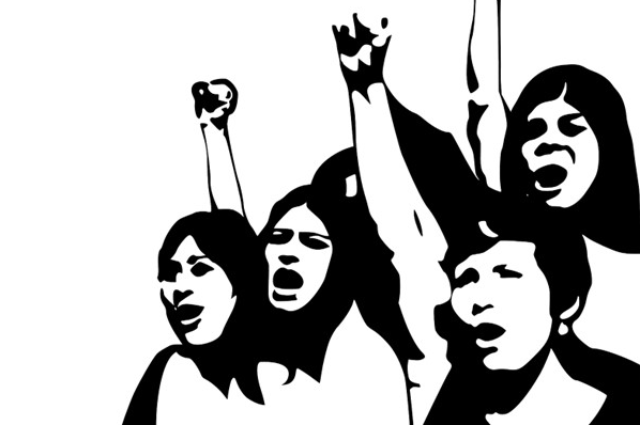
Image by OpenClipart-Vectors from Pixabay
INTRODUCTION:
"Bridging the Gap: Women Empowerment" signifies the essential journey towards achieving gender equality and creating a world where women have equal access to opportunities, resources, and rights. We are living in a society where people can talk about equal opportunity but fails bringing the concept in reality. This article explores the significance of bridging this gap, shedding light on the transformative impact it has on individuals, communities, and the global narrative of human rights.
"Through empowerment, we weave the threads of equality, creating a tapestry of progress that knows no bounds."
The Landscape of Disparities:
The gender gap has persisted for generations, manifesting itself in various aspects of life. From economic disparities and unequal representation in leadership roles to systemic biases that affect access to education and healthcare, the divide is a stark reminder of the work that remains to be done. However, this divide is not an inevitability; it's a challenge that society must collectively address.
Education as the Keystone:
Empowering women begins with education. By providing girls and women with quality educational opportunities, societies lay the foundation for progress. Education equips women with the tools they need to challenge stereotypes, engage critically with societal norms, and actively participate in shaping their communities. Bridging the gap in education promotes self-confidence, leadership skills, and the ability to drive change.
"Education: The Keystone to Unlocking the Boundless Potential of Women Empowerment."
Economic Parity:
Economic empowerment is a cornerstone of women's progress. Equal pay for equal work, along with access to career advancement and entrepreneurship opportunities, allows women to contribute meaningfully to economies and households. By narrowing the economic gap, societies uplift families and break cycles of poverty, ultimately creating stronger communities.
The Spectrum of Representation:
Media shapes perceptions and narratives. Unfortunately, the media has often perpetuated harmful stereotypes and underrepresented women. To bridge this gap, it's imperative to amplify diverse and authentic voices. Positive representation of women in media fosters empowerment, inspiring future generations to challenge traditional gender roles and aim higher.
Collaboration and Ally ship:
Men have a vital role to play in women's empowerment. As allies, they can actively advocate for gender equality, confront toxic masculinity, and challenge discriminatory behaviour's. A world where men stand beside women in this journey is a world where progress knows no bounds.
Global Implications:
While progress has been made, the gender gap persists in different regions and communities. Bridging this gap requires global solidarity, shared knowledge, and collaborative efforts. By learning from successful initiatives worldwide, societies can create a roadmap towards a more inclusive future.
Conclusion: A Unified Vision:
"Bridging the Gap - Women Empowerment" is not just a concept; it's a movement that embodies the shared vision of a just and equitable world. As societies work collectively to bridge this gap, it's crucial to remember that empowering women is not an isolated Endeavor—it's a catalyst for holistic progress. By embracing this vision and committing to change, we pave the way for a brighter, more inclusive future for all.
In closing, let us remember that the journey to empower women is a journey to empower humanity. It's a journey that transcends boundaries and cultures, and it's a journey we must embark upon with urgency, dedication, and unwavering resolve. Together, let's bridge the gap and create a world where gender equality is not just an aspiration, but a reality.
"As we bridge the gap of inequality, women's empowerment becomes the cornerstone of a brighter tomorrow."
